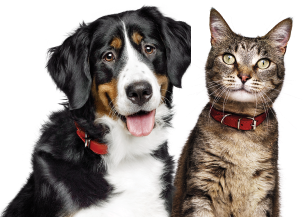A Japanese chin is a good companion. He is a sensitive and intelligent dog, albeit somewhat independent, whose only purpose is to serve as a companion. Responsive and affectionate with those he knows and loves, he is reserved with strangers or in new situations. Naturally clean, the feisty chin makes an ideal pet that can thrive in any environment.
Those who know this breed will never again live without one. Japanese chins exemplify everything that is ideal in a pet. They are elegant yet comical, dignified yet silly. Their thick, luxuriant coat requires little care. The chin makes a perfect companion.
The Japanese chin is an old toy breed that most likely evolved from the Tibetan spaniel. Dogs similar in appearance to the chin have been found on ancient pottery and old Chinese temples. The dogs appear to have originated in China. It is reported that the Chinese Emperor gave a pair of chin to the Japanese Emperor. The first European records of the chin go back to the 1600s when Portuguese sailors presented Princess Catherine of Braganza with some chins as a gift. In 1853, Admiral Commodore Perry gave Queen Victoria a pair of chin after his warships visited Japan. World War I and Japanese earthquakes diminished the numbers of chin in Japan.
No firm records exist as to when the chin first appeared in the United States. When they were first recognized in the States, they were called Japanese spaniels. In 1977, the American Kennel Club recognized them as the Japanese chin.






















